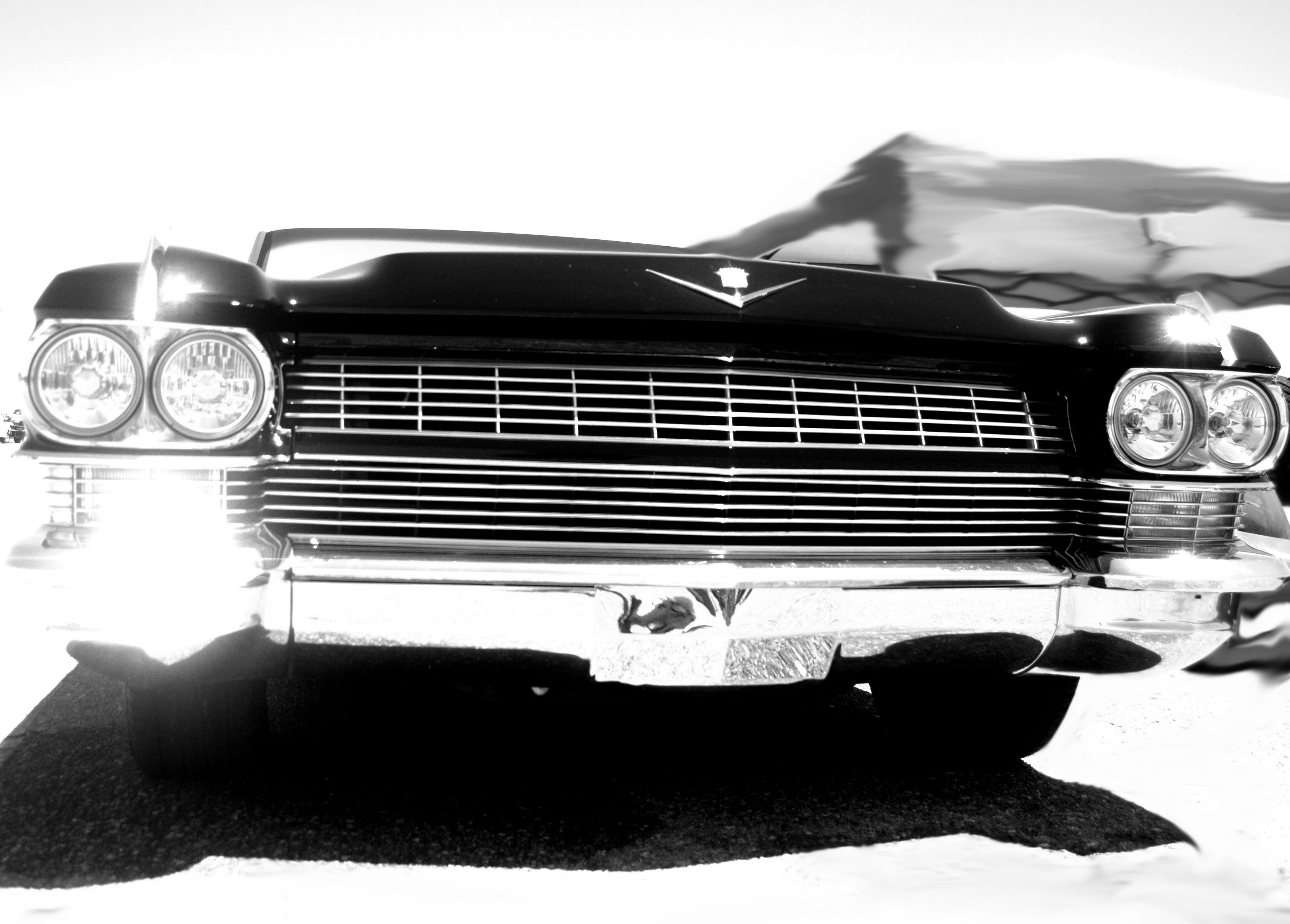Yes you read it correct!!! What you see below is a rare sight. An extremely well preserved ProStreet/Drag AMC Matador.
Sure I’ve seen AMX as a drag car and I’ve even seen a Gremblin and a Pacer with V8 shoved between the fenders, but I’ve never seen a Matador with a drag set up. And the condition is amazing.
See for yourself.

This is the Matador X

Also referred to as Matador Series 10

Control Freak Suspension specializes in AMC suspensions (and other makes).

The Matador X was a true sub-model not just a option package.
The Matador X had only a two year run 1974 and 1975.
As best as I can tell this is a 1975 and if the 401 badge on the side is correct, the is one of four cars (two door coupes) that left the factory with those engines that year (rest of the 84 cars with that engine were 4 door…hiss….boo!!!)
I would seriously consider doing up a Matador like this!!!
Got an interesting AMC? Drop me a note, we can get it published.
Thanks for reading.
Tim
Friday Afternoon Challenge: Find A Car Name From Two Other Cars
Friday Afternoon Challenge: Find A Car Name From Two Other Cars
Scale Model Kit of the Week: Wild Custom AMC























